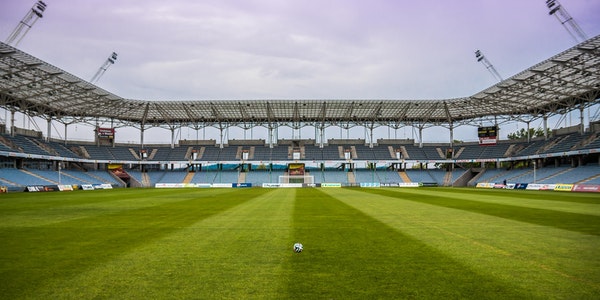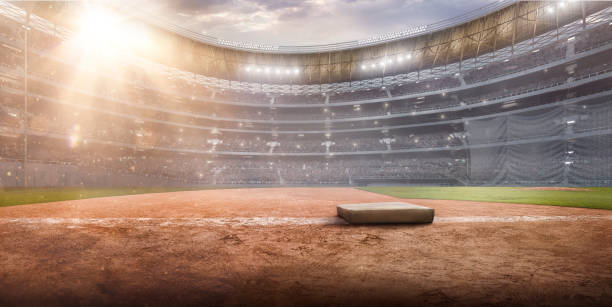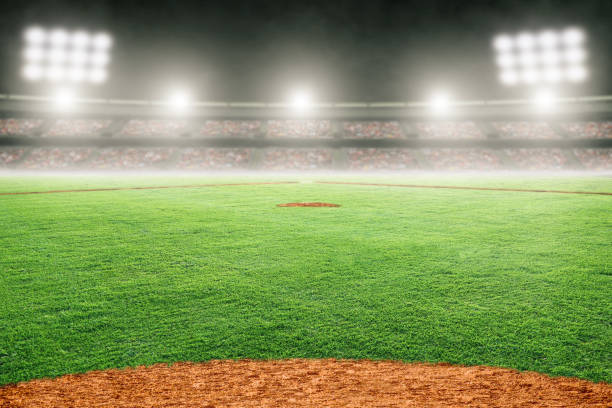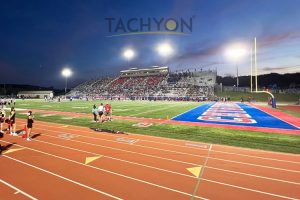From Fans:
- Fan A:
“The LED lighting in the stadium is amazing! It enhances the whole game experience, especially during night games and concerts. The colors are vibrant, and it feels like you’re part of the action.”
- Fan B:
“I really appreciate how clear and bright everything looks with the new LED lights. It makes following the game so much easier, even from the upper levels. It’s definitely a major upgrade.”
- Fan C:
“The LED lighting adds an extra level of excitement to the stadium atmosphere. It’s dynamic and interactive, especially during pre-game shows and halftime performances. It’s like a whole new experience.”
These testimonials highlight the positive impact of LED stadium lighting on both players and fans. From improved visibility and performance on the field to enhancing the overall game-day experience for spectators, LED technology continues to elevate the standards of sports venue lighting, creating memorable moments for everyone involved.
2. Operational efficiencies achieved
LED (Light Emitting Diode) stadium lighting offers numerous operational efficiencies that benefit sports venues in terms of performance, maintenance, and overall management. Here’s an overview of the efficiencies achieved:
- Energy Efficiency
Reduced Energy Consumption: LED fixtures are highly energy-efficient, converting more electrical energy into light compared to traditional lighting technologies like metal halide or fluorescent lamps.
Lower Utility Costs: Lower energy consumption translates directly into reduced electricity bills for stadiums, contributing to significant operational cost savings over time.
- Longevity and Reduced Maintenance
Extended Lifespan: LED fixtures have a much longer operational lifespan (typically 50,000 to 100,000 hours) compared to traditional lighting sources (10,000 to 20,000 hours). This longevity reduces the frequency of bulb replacements and associated maintenance costs.
Minimized Downtime: With fewer maintenance interventions required, stadiums experience reduced downtime during events, ensuring continuous operation and enhancing the overall fan and player experience.
- Improved Visibility and Performance
Enhanced Visibility: LED lighting provides uniform and consistent illumination, reducing shadows and glare on the playing field or court. This improves visibility for players, referees, and spectators alike, enhancing the quality of gameplay and viewing experience.
Color Rendering: High Color Rendering Index (CRI) in LED fixtures ensures accurate color representation, crucial for sports where distinguishing between team colors and signage is essential.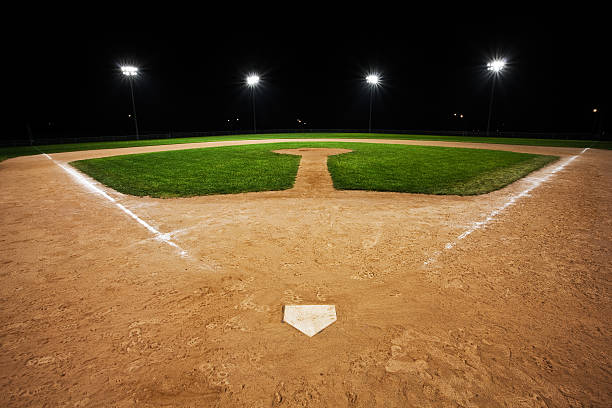
- Environmental Sustainability
Lower Carbon Footprint: LED technology’s energy efficiency and longer lifespan contribute to reduced carbon emissions, aligning with environmental sustainability goals.
Waste Reduction: Longer fixture lifespans mean fewer bulbs are disposed of, minimizing the environmental impact associated with lighting waste.
- Flexibility and Control
Dynamic Lighting Capabilities: LED systems offer flexibility in adjusting brightness, color temperature, and lighting effects based on event requirements or time of day. This customization enhances the stadium atmosphere and supports diverse events such as sports games, concerts, and ceremonies.
Smart Integration: Integration with IoT (Internet of Things) platforms allows for automated control, scheduling, and remote monitoring of lighting systems, optimizing operational efficiency and resource management.
- Cost Savings and Return on Investment (ROI)
Lower Total Cost of Ownership (TCO): Despite higher upfront costs, the long-term savings from reduced energy consumption, maintenance, and operational efficiencies result in a favorable ROI for stadiums investing in LED technology.
Financial Benefits: LED lighting not only reduces direct operational costs but also enhances the stadium’s market appeal, attracting more events and increasing revenue opportunities.
LED stadium lighting systems deliver substantial operational efficiencies through energy savings, extended lifespan, improved visibility, and environmental sustainability. These efficiencies not only enhance operational performance but also contribute to cost savings, environmental stewardship, and overall stakeholder satisfaction. As stadiums continue to upgrade to LED technology, they position themselves at the forefront of modern sports venue management, ensuring optimal conditions for athletes, spectators, and event organizers alike.
V. Economic Considerations
A. Initial Investment vs. Long-term Savings
1. Cost comparison with traditional lighting systems
Comparing the costs of LED (Light Emitting Diode) lighting systems with traditional lighting systems involves evaluating initial costs, operational costs, and maintenance expenses over their respective lifespans. Here’s a breakdown of the cost comparison:
Cost Comparison: LED vs. Traditional Lighting Systems
- Initial Investment
LED Lighting:
Higher Initial Cost: LED fixtures generally have a higher upfront cost per unit compared to traditional lighting technologies such as metal halide or high-pressure sodium lamps.
Cost Factors: Factors influencing initial costs include fixture quality, brand, installation complexity, and any necessary infrastructure upgrades.
Traditional Lighting:
Lower Initial Cost: Traditional lighting systems typically have lower upfront costs per unit compared to LEDs.
Cost Considerations: However, this initial savings may be offset by higher operational and maintenance costs over the lifespan of the fixtures.
- Operational Costs
LED Lighting:
Lower Energy Consumption: LED fixtures are significantly more energy-efficient, consuming up to 50-70% less electricity than traditional lighting sources.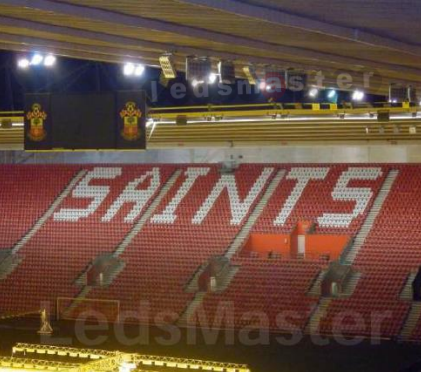
Energy Savings: Reduced energy consumption leads to lower utility bills and operational expenses throughout the lifespan of the fixtures.
Longevity: Longer operational lifespan (50,000 to 100,000 hours) means less frequent replacements and reduced maintenance costs.
Traditional Lighting:
Higher Energy Consumption: Traditional lighting systems, such as metal halide or fluorescent lamps, are less energy-efficient and consume more electricity to produce the same amount of light.
Maintenance Costs: Shorter lifespan (10,000 to 20,000 hours) results in more frequent bulb replacements, increased labor costs, and higher maintenance expenses over time.
- Maintenance Costs
LED Lighting:
Minimal Maintenance: LED fixtures require less maintenance due to their longer lifespan and durable solid-state construction.
Reduced Downtime: Less frequent bulb replacements translate to reduced downtime during events, minimizing disruptions and operational inefficiencies.
Traditional Lighting:
Frequent Replacements: Shorter lifespan necessitates more frequent bulb changes, increasing labor costs and potential disruptions to stadium operations.
Higher Labor Costs: Maintenance staff spend more time and resources on replacing bulbs, leading to higher overall maintenance expenses.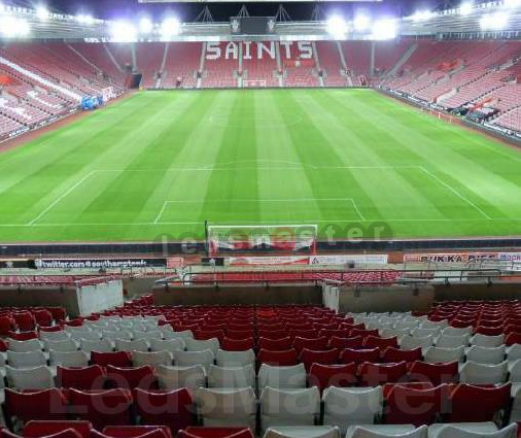
- Total Cost of Ownership (TCO)
LED Lighting:
Lower TCO: Despite higher initial costs, the combination of energy savings, reduced maintenance expenses, and longer lifespan typically results in a lower total cost of ownership over the life of the fixtures.
Financial Benefits: LED technology offers a favorable return on investment (ROI) due to these cumulative cost savings and operational efficiencies.
Traditional Lighting:
Higher TCO: Lower upfront costs may initially seem advantageous, but higher operational and maintenance costs over time contribute to a higher total cost of ownership.
Long-Term Considerations: Considering energy expenses, maintenance labor, and replacement costs, traditional lighting systems often result in higher overall expenditures.
LED lighting systems provide significant advantages over traditional lighting systems in terms of energy efficiency, operational longevity, reduced maintenance requirements, and lower total cost of ownership. While the initial investment in LEDs may be higher, the long-term financial benefits, energy savings, and operational efficiencies make them a preferred choice for modern sports venues seeking sustainable and cost-effective lighting solutions. As LED technology continues to advance, these benefits further solidify its position as a superior option for optimizing stadium lighting performance and efficiency.
2. Return on investment (ROI) analysis
Analyzing the return on investment (ROI) for LED stadium lighting involves comparing the costs and benefits over the lifespan of the lighting systems. This includes initial investment, operational costs, maintenance costs, and savings accrued through energy efficiency and reduced maintenance requirements.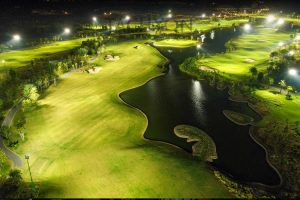
- Initial Investment
LED Lighting:
Higher Initial Cost: $1,000 per fixture
Installation and Infrastructure: $200 per fixture
Total Initial Cost per Fixture: $1,200
Traditional Lighting:
Lower Initial Cost: $500 per fixture
Installation and Infrastructure: $100 per fixture
Total Initial Cost per Fixture: $600
- Operational Costs
LED Lighting:
Energy Consumption: 100W per fixture
Annual Operating Hours: 4,000 hours
Energy Cost per kWh: $0.12
Annual Energy Cost per Fixture: 100W x 4,000 hours x $0.12/kWh / 1,000 = $48
Lifespan: 50,000 hours (approximately 12.5 years)
Traditional Lighting:
Energy Consumption: 400W per fixture
Annual Operating Hours: 4,000 hours
Energy Cost per kWh: $0.12
Annual Energy Cost per Fixture: 400W x 4,000 hours x $0.12/kWh / 1,000 = $192
Lifespan: 20,000 hours (approximately 5 years)
- Maintenance Costs
LED Lighting:
Annual Maintenance Cost per Fixture: $10
Maintenance Frequency: Once every 12.5 years
Traditional Lighting:
Annual Maintenance Cost per Fixture: $50
Maintenance Frequency: Once every 5 years
- Total Cost Over Lifespan
LED Lighting:
Initial Investment (over 12.5 years): $1,200
Energy Cost (over 12.5 years): $48 x 12.5 years = $600
Maintenance Cost (over 12.5 years): $10 x 12.5 years = $125
Total Cost over 12.5 years: $1,200 + $600 + $125 = $1,925
Traditional Lighting:
Initial Investment (over 12.5 years): $600 + (1 replacement after 5 years) $600 = $1,200
Energy Cost (over 12.5 years): $192 x 12.5 years = $2,400
Maintenance Cost (over 12.5 years): $50 x 12.5 years = $625
Total Cost over 12.5 years: $1,200 + $2,400 + $625 = $4,225
- Savings and ROI
Savings with LED Lighting:
Total Cost Savings: $4,225 (traditional) – $1,925 (LED) = $2,300 per fixture over 12.5 years
ROI Calculation:
ROI Formula: (Net Savings / Initial Investment) x 100
Net Savings: $2,300 (Total Cost Savings) – $600 (Higher Initial Cost) = $1,700
Initial Investment Difference: $1,200 (LED) – $600 (Traditional) = $600
ROI: ($1,700 / $600) x 100 = 283.33%
The ROI analysis shows that despite the higher initial investment, LED stadium lighting offers substantial cost savings in the long term. The reduced energy consumption, lower maintenance costs, and longer lifespan of LED fixtures result in a significantly lower total cost of ownership compared to traditional lighting systems. With an ROI of 283.33%, investing in LED lighting is financially advantageous, making it a preferred choice for modern sports venues seeking to optimize operational efficiency and cost-effectiveness.
B. Government Incentives and Rebates
1. Available incentives for energy-efficient upgrades
When upgrading to energy-efficient lighting systems like LEDs in stadiums and sports venues, various incentives and financial assistance programs can help offset the initial investment costs. These incentives come from federal, state, and local governments, as well as utility companies and environmental organizations. Here’s an overview of available incentives:
(1) Federal Incentives
- Federal Tax Credits and Deductions
Energy-Efficient Commercial Buildings Tax Deduction (Section 179D): Provides a deduction for energy-efficient improvements to commercial buildings, including lighting systems. The deduction can be up to $1.80 per square foot.
Investment Tax Credit (ITC): Although primarily for renewable energy projects, some energy-efficient upgrades might qualify, offering a tax credit for a percentage of the cost of the improvement.
- Energy-Efficient Grants and Loans
U.S. Department of Energy (DOE): Offers various grants and low-interest loans for energy efficiency projects, including stadium lighting upgrades.
Small Business Administration (SBA): Provides loans that can be used for energy-efficient improvements.
(2) State and Local Incentives
- State-Specific Programs
Many states have their own programs to promote energy efficiency. Examples include California’s Energy Efficiency Financing program and New York’s NYSERDA incentives.
State Tax Credits: Some states offer tax credits for energy-efficient upgrades. For instance, Maryland provides a tax credit for green building projects, which can include lighting upgrades.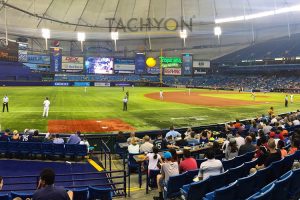
- Local Utility Rebates
Rebate Programs: Local utility companies often offer rebates for energy-efficient lighting installations. These rebates can significantly reduce the upfront cost of LED lighting systems.
Demand Response Programs: Some utilities offer incentives for participating in demand response programs, where facilities agree to reduce energy usage during peak demand periods.
(3) Utility Company Incentives
- Rebates and Discounts
Prescriptive Rebates: These are predetermined rebates for specific energy-efficient equipment, including LED lighting.
Custom Rebates: Calculated based on the actual energy savings from a project. Utility companies may offer custom rebates tailored to the energy savings from a specific LED lighting upgrade.
- Performance-Based Incentives
Energy Performance Contracts (EPCs): Contracts where utility companies or third-party energy service companies (ESCOs) fund the upfront cost of energy-efficient upgrades and are paid back through the savings generated.
(4) Environmental and Non-Profit Organizations
- Grants and Funding Programs
Environmental Protection Agency (EPA) Programs: Offers grants and funding opportunities for projects that reduce greenhouse gas emissions, which can include energy-efficient lighting upgrades.
Non-Profit Organizations: Groups like the Energy Foundation and local green building councils may provide grants or funding assistance for energy-efficient projects.
(5) Examples of Incentive Programs
- California’s PG&E Energy Efficiency Rebates
Pacific Gas and Electric Company offers rebates for businesses that install energy-efficient lighting. The rebates can cover a significant portion of the cost of LED upgrades.
- New York State’s NYSERDA Incentives
The New York State Energy Research and Development Authority provides financial incentives for energy efficiency projects, including lighting upgrades in large commercial and industrial buildings.
(To Be Continued)

